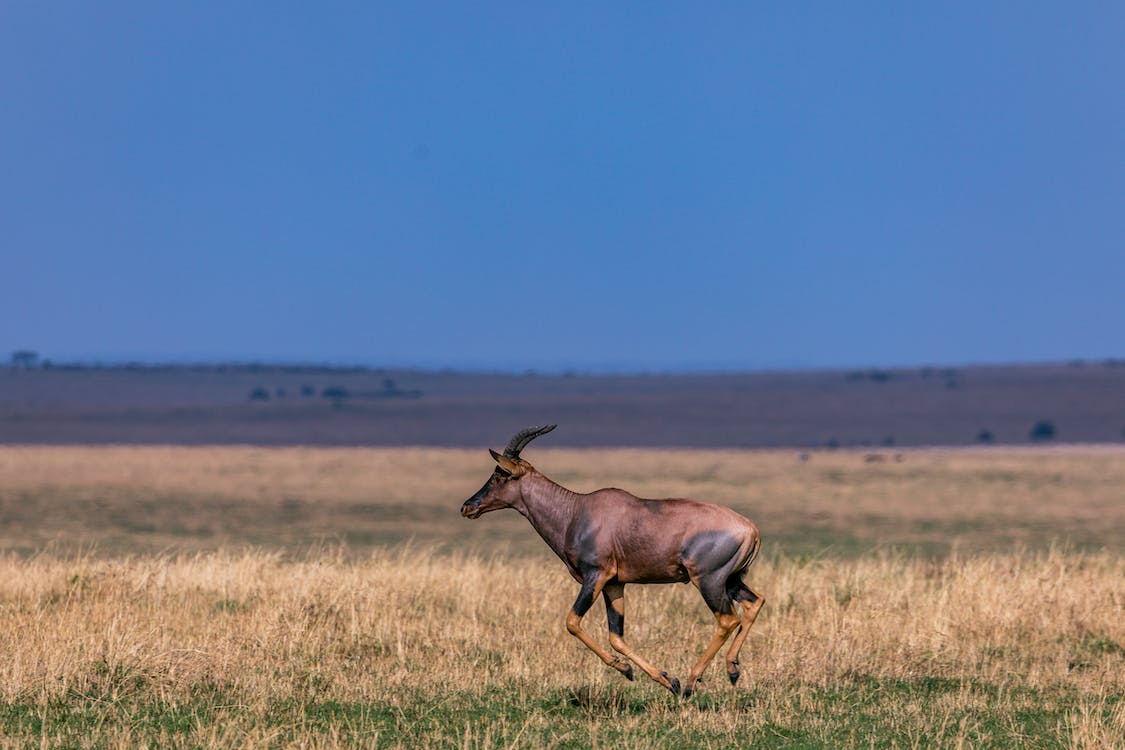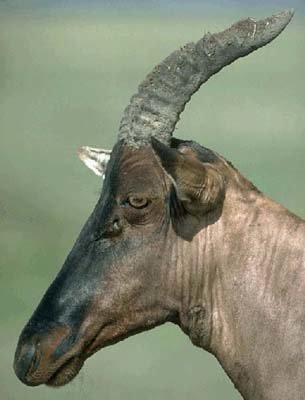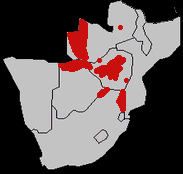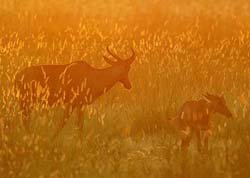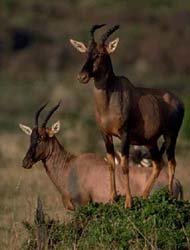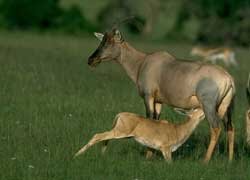A Tsessebe has amazed people because of its agility and excellent physical features. Dubbed as the fastest antelope in southern Africa, the Tsessebe is a fascinating species of antelope that you will surely have fun learning about.
Read further to know more about Tsessebes!
What is Tsessebe?
Often referred to as a Topi, Sassaby, or Damaliscus lunatus, the Tsessebe is a species of antelope that grazes in the African continent. It is dubbed as the fastest antelope in southern Africa that can run at a speed of 90 km/hr.
It is mainly sighted in Angola, Namibia, Botswana, Zambia, and South Africa. The population of Tsessebe was said to be distributed among the whole African continent. However, their numbers have been diminished due to hunting and habitat destruction by humankind. Back in the day, this species belonged to Africa’s list of endangered species, but since locals took extra protection measures to save this species, their population is rising again.
The International Union of Conservation of Nature Red List (IUCN Red List) has evaluated the population status of this species last 2008 and categorized it as Least Concern.
Its nine levels of scientific classification are as follows:
Kingdom: Animalia
Phylum: Chordata
Class: Mammalia
Order: Artiodactyla
Family: Bovidae
Subfamily: Alcelaphinae
Genus: Damaliscus
Species: D. lunatus
Subspecies: D. l. lunatus
Physical description of a Tsessebe
Tsessebe is larger compared to other kinds of antelopes. It grows from 150 to 230 cm in length and can weigh from 120 to 137 kg on average when they reach adulthood. It possesses long, sturdy horns that extend up to 37 cm for a female Tsessebe, while a male has 40 cm long horns. Horn size matters to male Tsessebes, as these are used to defend their territories, as well as to protect themselves and their herds from predators.
Its body is covered in a glossy coat that is chestnut brown in color. It has purple or white markings underneath. The Tsessebe’s face has a substantial black marking that starts from the forehead down to its nose. Its tail is black; the thighs and limbs are greyish or bluish-black.
Tsessebes who live and wander in the wild usually have an average lifespan of 15 years. On the other hand, Tsessebes who live in other areas have a shorter lifespan due to habitat destruction caused by humans.
Tsessebe’s distribution, habitat, and diet
Tsessebes are mainly found in open plains, grasslands near water, woodland savannas, and treeless plains. They primarily reside in lowlands, but during rainy seasons, they migrate to uplands. Consequently, during the hot seasons, they move to grassy habitats where there is an abundant grassland source.
These antelopes are grazing herbivores that usually feed in the morning between 8 am and 9 am and sometimes, in the afternoon after 4 pm. They do not need to drink water if the grass is saturated with water. However, if the grass is dry, they must find and drink water. But this is usually not a problem for these animals, for they can travel up to 5 km to reach a water source.
A Tsessebe’s behavior
Tsessebes are highly sociable animals. Female Tsessebes form a herd made up of 6 to 10 individuals, including their youngs. When male Tsessebes reach a year old, they are immediately evicted from the herd. These males form a herd of their own—each herd is composed of 30 bulls on average.
They are also highly territorial mammals. A territorial Tsessebe male marks his territory through moving in an erect posture, ground-horning, mud packing, and wiping its shoulders on the ground. When the most dominant male is gone in the herd, the highest-ranking female takes in charge.
Male Tsessebes exhibit different behaviors according to the structure of a herd. When the herd is small, they show a very protective attitude towards the females, defending them from any approaching danger or predators. When they are in a more massive herd of male Tsessebes, they do not exhibit a protective attitude anymore.
More fascinating facts about the Tsessebes
Ever since the African locals have given more importance in saving the population of Tsessebes, many of its kind are now found in zoos and wildlife parks.
Tsessebes only breed once a year. Unlike other bovids, Tsessebes often mate during the dry season. The gestation period lasts for eight months.
Sources:
https://en.wikipedia.org/wiki/Common_tsessebe
https://animaldiversity.org/accounts/Damaliscus_lunatus/
WILDLIFE PARKS AND RESERVES WHERE THIS SPECIES IS FOUND:
SOUTH AFRICA
Kruger National Park
Madikwe National Park

